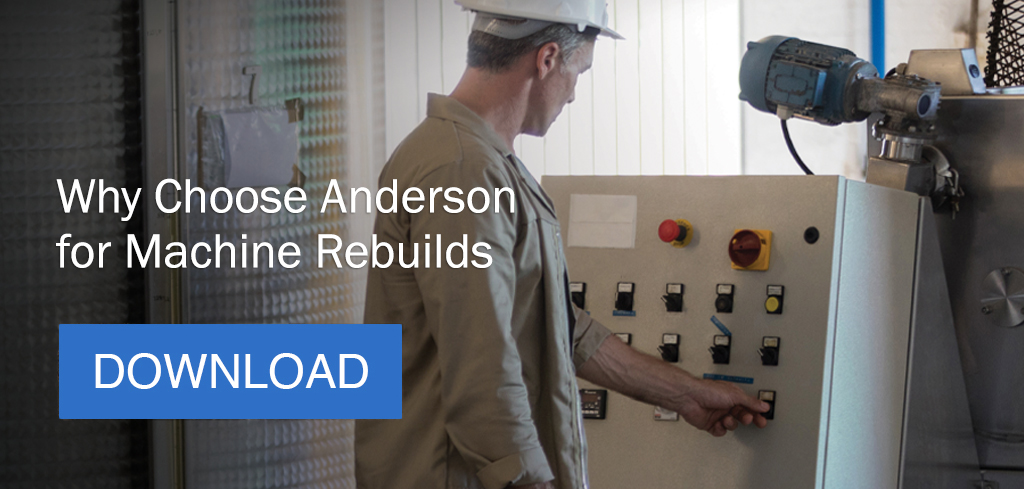
Oil mill operators play a critical role in keeping a soybean processing plant running smoothly to produce high-value oil and meal. Unfortunately, everyone makes mistakes. In an industrial processing plant filled with expensive equipment and potential hazards, even the slightest oil mill operator error can have severe consequences.
For example:
- Improper processing can degrade product quality, lowering its value on the market.
- Product quality issues can subsequently destroy your company’s reputation.
- Operator errors can cause equipment damage, leading to costly repairs and lost production.
- Failure to follow safety procedures can cause serious injuries for oil mill operators.
Avoiding mistakes is crucial to maintaining optimal processing efficiency, product quality, and profitability—not to mention making sure that employees end each shift with all their fingers intact. By recognizing some of the most common opportunities for oil mill operator error in a mechanical soybean processing plant, facilities can guard against these mistakes to protect workers and profits alike.
Recognizing common mistakes
Whether due to inexperience, inadequate training, or even forgetfulness and fatigue, oil mill operators can make costly mistakes that impact the entire oilseed operation. Here are a few of the most common pitfalls they face, with tips for preventing each one.
- Skipping the prep work
Whether you’re operating a soybean processing plant or pressing other grains, each type of seed requires specific pretreatment steps such as cleaning, cracking, drying, and dehulling to prepare the material for optimal oil extraction.
For example, if you receive a batch of soybeans with a higher moisture content than usual, you need to adjust your drying time or temperature before sending wet seeds into the press. Likewise, if your seeds contain a lot of stones and other foreign matter, you need to clean them thoroughly before processing—or risk damaging your press and degrading the quality of your oil.
By closely monitoring the raw seed material coming into your plant and understanding the ideal processing parameters of your pressing equipment, you can adjust your pretreatment steps accordingly to maintain optimal product quality.
- Reacting to breakdowns
Waiting until a machine breaks down to fix it is an expensive strategy when dealing with industrial oilseed processing equipment. While you’re waiting for spare parts and technicians to arrive, the unplanned downtime can cost an average of $25,000 per hour—up to hundreds of thousands of dollars per hour for larger operations. Meanwhile, the production delays can ruin your plant’s reputation with customers.
A better approach is to proactively follow preventative maintenance routines for your expellers and extruders, replacing parts as they wear to avoid more expensive breakdowns. Regular equipment service and inspections can help you forecast costly repairs so you can order parts in advance and minimize the expense of unplanned downtime.
- Estimating feed rates
Eyeballing the levels in your grain bin at the beginning and end of each shift is not an accurate measure of your feed rate. If you’re not measuring exactly how much seed you’re processing per hour, you don’t know whether your machines are running at capacity.
By estimating this critical measurement, you could be over- or under-loading your equipment—leading to inefficient pressing, low yields, and potential damage to the machine. Invest in a mass flow conveyor or similar device to calculate your throughput and ensure you’re running at your machine’s rated capacity, producing the highest quality products and profits possible.
- Ignoring safety protocols
Surrounded by heavy industrial equipment and combustible grain dust, soybean processing plants can pose many severe safety hazards. Without proper training, caution, and common sense, oil mill operators can become devastating statistics in these dangerous environments.
Oil mills report more injuries than other manufacturing facilities, with more than 24 injuries per 1,000 workers compared to the national average of less than two, according to the Occupational Safety and Health Administration (OSHA). Roughly one in every two press injuries results in amputation, emphasizing the importance of strict safety policies.
Regular safety training is critical to reduce the risks that abound in oil mills. Make sure operators wear proper personal protective equipment (PPE) and follow lockout/tagout procedures to power down equipment before performing maintenance.
Preventing oil mill operator error
Although humans inevitably make mistakes from time to time, processing plants should take steps to minimize these common examples of oil mill operator error.
1. Training
The most important precaution against oil mill operator error in your soybean processing plant is ensuring employees understand your standard operating procedures, preventative maintenance routines, and safety standards.
But you don’t have to tackle training alone. Tap into Anderson’s knowledge of industry-leading best practices to keep your operators at the top of their game. We can provide operational training to educate your team on the proper use of our equipment and even develop standard operating procedures for your plant.
2. Technology
Consider installing automated control systems to help operators monitor seed conditions, quality parameters, equipment settings, material flow rates, and other variables throughout your plant. While these technologies won’t replace the need for skilled human employees, they can help reduce the chances of oil mill operator error.
3. Preventative maintenance
Well-maintained equipment is less likely to break down, reducing the need for operator intervention in potentially hazardous situations. Regularly servicing machines and replacing wearing parts contributes to safe operations, so your operators can focus on making improvements rather than fixing problems. Anderson offers maintenance training to teach our clients how to properly service, inspect, and repair our equipment to keep it running at peak performance. We can even help you develop a preventative maintenance program to stay ahead of equipment repairs.
By implementing these precautions, processing plants can significantly reduce the risk of operator errors while enhancing safety, improving product quality, and ultimately, protecting their business from potential financial and reputational losses.
To learn about other common examples of oil mill operator error and how to prevent them in your soybean processing plant, download Anderson’s latest guide.
